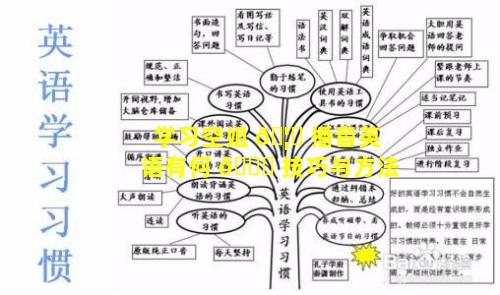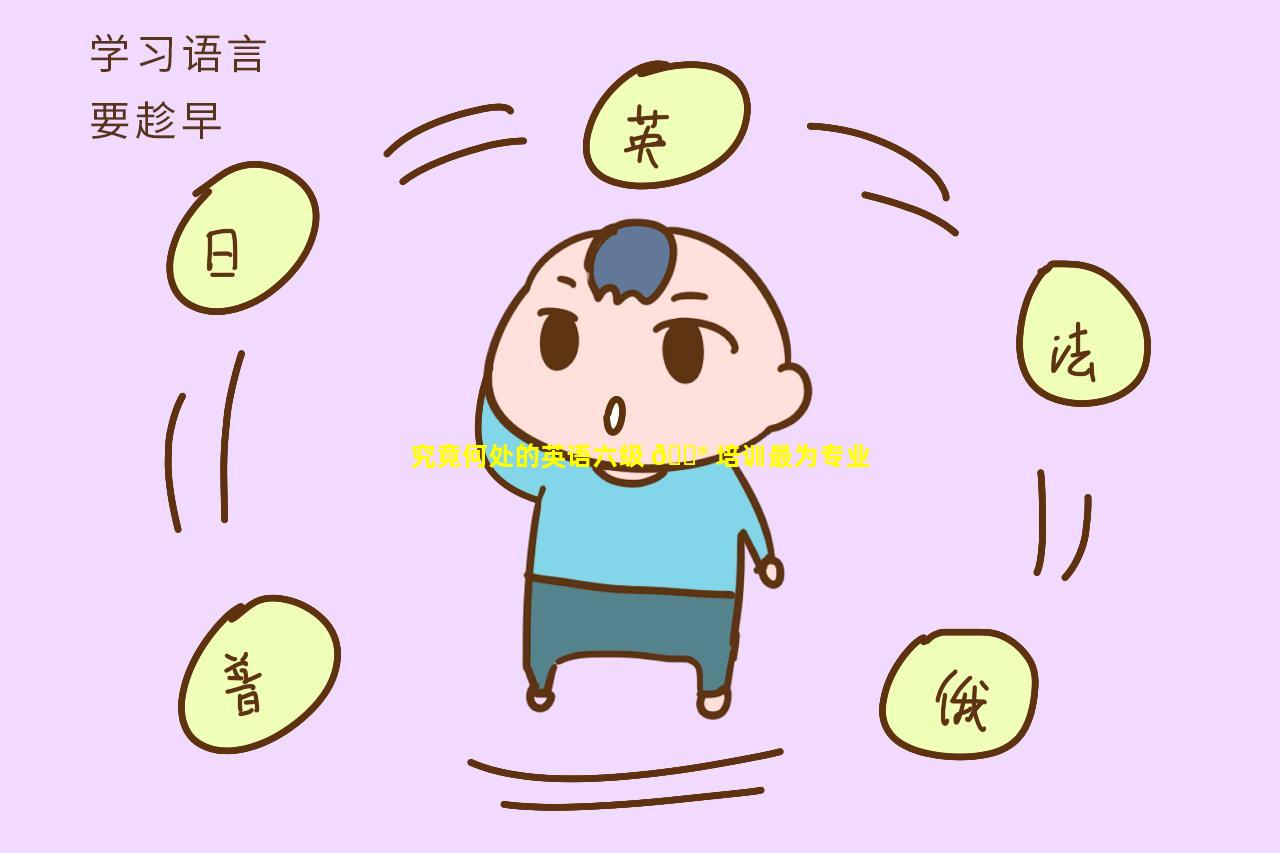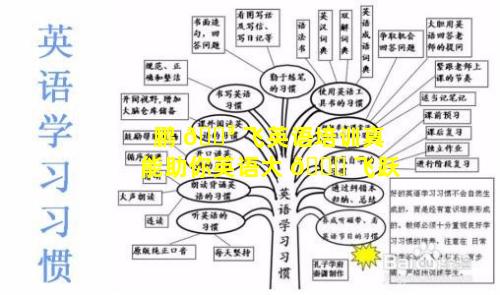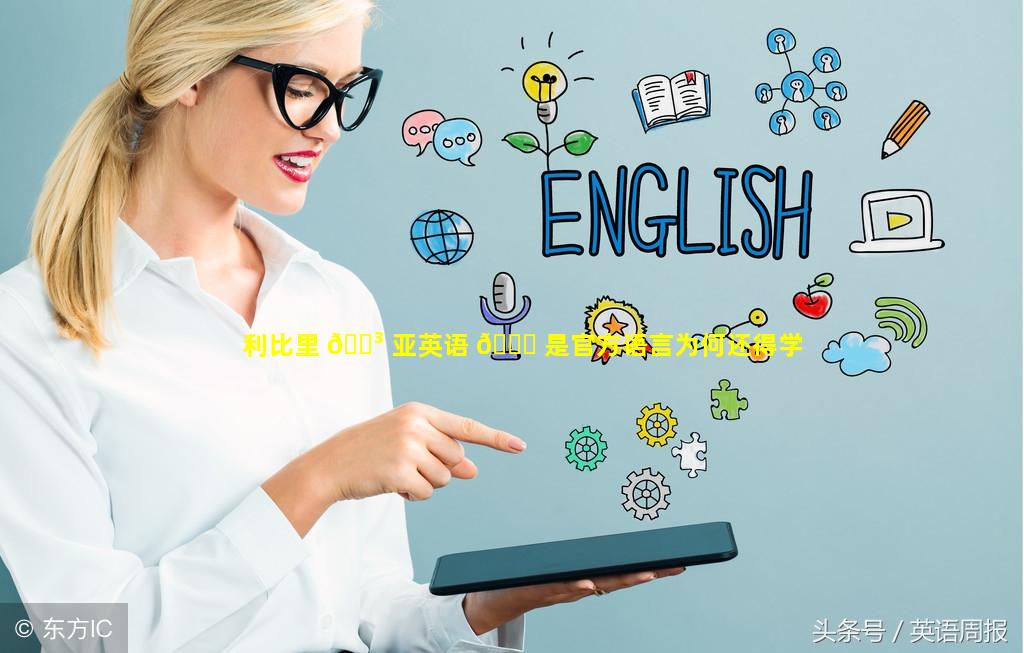利用单词卡片学习英语成效究竟如何
- 作者: 刘婉愿
- 来源: 投稿
- 2024-10-01
1、利用单词卡片学习英语成效究竟如何
利用单词卡片学习英语的成效
单词卡片是一种流行的学习英语单词的方法,其成效取决于多种因素,包括:
1. 学习方法:积极回忆:这涉及从记忆中主动提取信息,而不是被动地观看或阅读。单词卡片迫使学习者积极回忆单词和含义,从而增强记忆。
间隔重复:定期复习间隔的时间有助召回信息,增强长期记忆。单词卡片可以帮助安排复习时间表。
2. 卡片的结构:
正面:包含英语单词。
反面:包含单词的含义、例句或同义词。
视觉提示:图像、颜色或其他视觉元素可以帮助增强记忆。
3. 使用频率:规则复习:定期复习单词卡片对于长期记忆至关重要。
根据需要使用:在阅读、写作或交谈中使用单词,有助于加强记忆。
4. 学习者因素:
动机:对学习英语有强烈的动机和兴趣的学习者更有可能坚持使用单词卡片。
认知能力:记忆力和注意力等认知能力影响单词卡片的有效性。
学习风格:视觉学习者可能发现单词卡片特别有用。
5. 补充材料:配合其他学习方法:单词卡片可以与其他学习方法(如阅读、听力、会话)结合使用。
使用辅助工具:应用程序、在线平台和其他工具可以增强单词卡片的使用。
研究结果:研究表明,使用单词卡片学习英语单词可以产生积极的成果:
一项研究表明,使用单词卡片学习新单词的学习者比使用传统方法的学习者表现更好。([Vural et al., 2011](https://files.eric.ed.gov/fulltext/EJ939660.pdf))
另一项研究发现,间隔重复与单词卡片结合使用可以显着提高词汇量。([Karpicke & Roediger, 2008](https://www.ncbi.nlm.nih.gov/pmc/articles/PMC2500121/))
结论:利用单词卡片学习英语单词可以是一种有效的学习方法,但其成效取决于多种因素。通过积极回忆、间隔重复、结构合理且频率合理的使用,单词卡片可以帮助学习者增强英语词汇量并提高总体语言能力。
2、利用单词卡片可以玩什么游戏
单词游戏:单词接龙:玩家轮流使用卡片上的单词,组成一个单词链,每个单词必须以最后一个单词的最后一个字母开始。
拼字游戏:玩家使用卡片上的字母来拼写单词。可以给出一个主题或时间限制,以增加难度。
猜字谜:玩家轮流使用卡片上的字母来创建字谜,其他人试图猜测答案。
单词关联:玩家展示一张卡片,其他人必须说出一个与该单词相关的单词。
词性猜想:玩家展示一张卡片,其他人必须猜出该单词的词性(名词、动词、形容词等)。
派对游戏:词语传声筒:玩家排成一排,第一个玩家看一张卡片并将其传达给下一位玩家,依此类推。最后一个玩家大声说出他们听到的单词。
拼字接力赛:将玩家分成两队,每队轮流使用卡片上的字母来拼写单词。第一个完成拼写所有单词的队伍获胜。
猜词游戏:玩家使用卡片上的字母来拼写一个单词或短语,然后让其他人猜测。
角色扮演:玩家选择一张卡片上的单词,然后扮演与该单词相关的角色。其他人试图通过提问来猜测该角色。
猜谜竞赛:玩家轮流展示卡片上的单词,其他人必须用一个谜语来形容它。
教育游戏:词汇构建:玩家使用卡片上的单词来创建新单词或短语。
同音异义词游戏:玩家使用卡片上的单词来创建包含同音异义词的句子。
词根和后缀:玩家使用卡片上的单词来识别词根和后缀,并探索它们如何改变单词的含义。
故事写作:玩家使用卡片上的单词来创建故事或对话。
拼写游戏:玩家使用卡片上的字母来拼写单词,重点关注困难的拼写模式和发音。
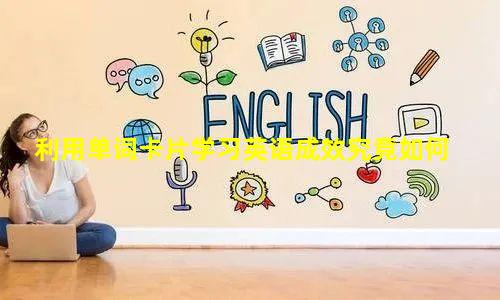
3、利用单词卡片记单词的英语
Using Flashcards to Learn English Vocabulary
Step 1: Create the Flashcards
Write the target word on one side of the card.
Write the definition, translation, or example sentence on the other side.
Use a different color or font for the front and back to differentiate them easily.
Step 2: Practice Regularly
Set aside a specific time each day for studying flashcards.
Go through the deck regularly, reviewing both sides of each card.
Start with a small number of cards and gradually increase the quantity as you become more confident.
Step 3: Active Recall
Instead of simply reading the word and its definition, actively try to recall the information.
Cover the definition and try to remember the word.
If you can't remember, review the definition and try again.
Step 4: Spaced Repetition
Use a spaced repetition system to optimize your learning.
Review cards at increasing intervals (e.g., 1 day, 3 days, 7 days).
This helps strengthen the neural connections associated with the vocabulary.
Step 5: Use the Cards in Different Ways
Flipthrough: Go through the deck in sequence, testing yourself on each word.
Shuffle and choose: Randomly select cards from the deck to practice.
Matching game: Create two decks with the words and definitions. Turn them upside down and match them.
Charades or drawing: Write the word on a card, then act it out or draw it for your study partner to guess.
Tips for Effective Flashcard Use:
Focus on quality over quantity: Learn a few meaningful words well rather than trying to memorize a large number of unfamiliar words.
Review consistently: Regular practice is crucial for retention.
Personalize the cards: Add your own examples or notes to make the vocabulary more relevant.
Use technology: Consider using digital flashcard apps that offer features like spaced repetition and progress tracking.
Make it enjoyable: Study with a friend or turn it into a game to make the process more engaging.
4、制作单词卡片有什么好处
认知益处:增强记忆力: 重复接触单词有助于大脑记住和提取信息。
提高注意力: 制作单词卡片需要集中注意力,从而提高整体认知功能。
促进语言技能: 编写和阅读单词可以提高阅读理解、词汇量和语法知识。
批判性思维: 对单词进行分类和组织有助于培养批判性思维技能。
学习益处:提高学习效率: 专注于特定单词列表有助于学生集中精力并有效学习。
促进理解: 重复单词有助于加深对词汇及其含义的理解。
提高考试成绩: 使用单词卡片作为复习工具可以提高考试成绩。
持续学习: 词汇卡片可以作为持续学习的工具,即使在正式学习结束后也可以。
组织益处:分类和组织: 词汇卡片有助于将单词组织成类别,例如主题、词性或难度。
跟踪进度: 可以使用单词卡片来跟踪学习进度,并确定需要额外注意的领域。
可移植性: 词汇卡片易于携带和使用,无论是在家、在旅途中还是在学习小组中。
其他益处:定制学习: 词汇卡片可以根据各个学生的需要进行定制,重点关注特定词汇或概念。
协作工具: 词汇卡片可以作为协作工具,用于小组学习或与学习伙伴讨论。
解压方式: 制作和使用单词卡片可以在学习过程中提供解压的方式。

